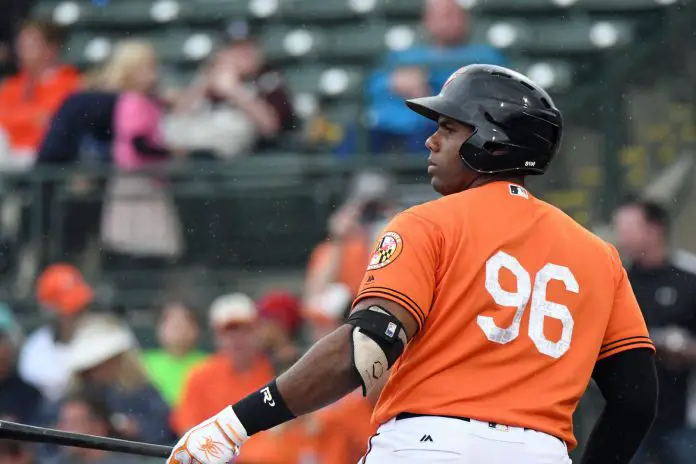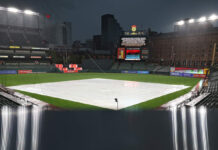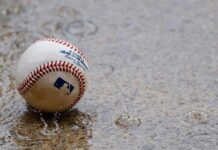Minor League Baseball to begin extra innings with runners on base, mound visits to be limited, and Triple-A and Double-A to use 15-second pitch timers with no runners on base
ST. PETERSBURG, Fla. — Minor League Baseball today announced rule and procedure changes aimed at reducing the length of extra innings games and the number of mound visits during a game throughout Minor League Baseball. In addition, the Triple-A and Double-A levels will use a 15-second pitch clock with no runners on base.
The procedures, created in partnership with Major League Baseball, aim to reduce the number of pitchers used in extra innings and the issues created by extra innings games, including, but not limited to, shortages of pitchers in the days to follow, the use of position players as pitchers and the transferring of players between affiliates due to pitching shortages caused by extra innings games.
“We believe these changes to extra innings will enhance the fans’ enjoyment of the game and will become something that the fans will look forward to on nights where the game is tied late in the contest,” said Minor League Baseball President Pat O’Conner. “Player safety has been an area of growing concern for our partners at the Major League Baseball level, and the impact that lengthy extra innings games has on pitchers, position players and an entire organization was something that needed to be addressed.”
EXTRA INNINGS
-At all levels of Minor League Baseball, extra innings will begin with a runner on second base. The runner at second base will be the player in the batting order position previous to the leadoff batter of the inning (or a substitute for that player). By way of example, if the number five hitter in the batting order is due to lead off the 10th inning, the number four player in the batting order (or a pinch-runner for such player) shall begin the inning on second base. Any runner or batter removed from the game for a substitute shall be ineligible to return to the game, as is the case in all circumstances under the Official Baseball Rules.
-For purposes of calculating earned runs under Rule 9.16, the runner who begins an inning on second base pursuant to this rule shall be deemed to be a runner who has reached second base because of a fielding error, but no error shall be charged to the opposing team or to any player.
PITCHER’S MOUND VISITS
-Visits by coaches and position players will be limited based on the classification level. Triple-A clubs will be allowed six (6) visits per team, Double-A clubs will be allowed eight (8) visits per team, Single-A clubs will be allowed 10 visits per team and there will not be a limit on mound visits for Short Season and Rookie-level clubs.
-These mound visit limits will apply whether the game is scheduled for seven or nine innings.
-For any extra-innings played, each club shall be entitled to one additional non-pitching change mound visit per inning.
-Official Baseball Rule 5.10(l), which governs mound visits by a manager or coach, remains in effect (i.e., a pitcher must be removed on the second visit by a manager/coach in an inning).
Definition of Mound Visit:
-A manager or coach trip to the mound to meet with the pitcher shall constitute a visit. A player leaving his position to confer with the pitcher, including a pitcher leaving the mound to confer with another player, shall also constitute a mound visit, regardless of where the visit occurs or the length of the visit, except that the following shall not constitute mound visits:
a. Discussions between pitchers and position player(s) that (i) occur between batters in the normal course of play and do not require either the position player(s) or the pitcher to relocate;
b. Visits by position players to the mound to clean spikes in rainy conditions; c. Visits to the mound due to an injury or potential injury of the pitcher; and d. Visits to the mound after the announcement of an offensive substitution.
Cross-Up in Signs:
In the event a team has exhausted its allotment of mound visits in a game (or extra inning) and the home plate umpire determines that the catcher and pitcher did not have a shared understanding of the location or type of pitch that had been signaled by the catcher (otherwise referred to as a “cross-up”), the home plate umpire may, upon request of the catcher, allow the catcher to make a brief mound visit. Any mound visit resulting from a cross-up prior to a team exhausting its allotted number of visits shall count against a team’s total number of allotted mound visits.
Welcome!Log into your account

























